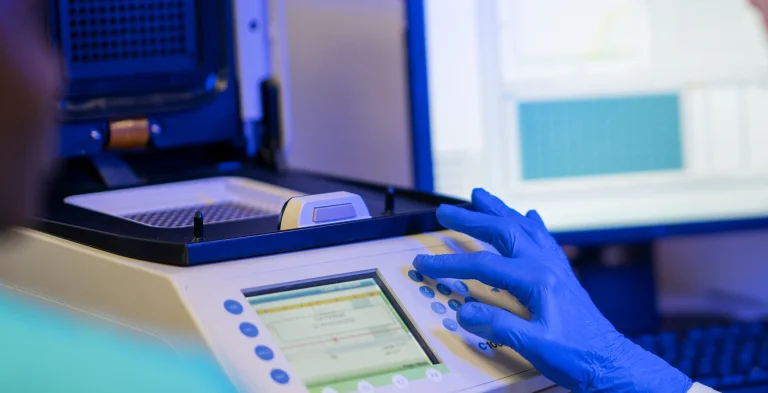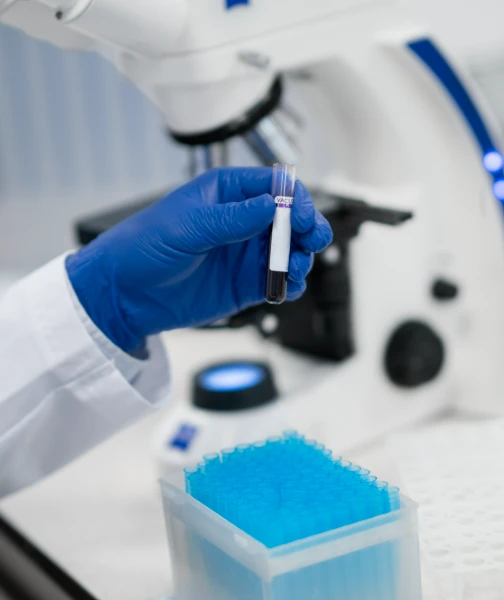
Chromosomal Microarray (CMA) has revolutionized genetic diagnostics by enabling high-resolution genome-wide detection of copy number variations (CNVs). It has replaced conventional karyotyping as the first-tier genetic test in multiple clinical scenarios, particularly for prenatal diagnosis and neurodevelopmental disorders.
The American College of Medical Genetics (ACMG) and American College of Obstetricians and Gynecologists (ACOG) strongly recommend CMA over karyotyping in cases of :

Key Applications
CMA is recommended for all cases of fetal structural anomalies detected on ultrasound, as it increases the detection rate of pathogenic CNVs by 6-10% beyond karyotyping.
Prenatal CMA detects microdeletion/microduplication syndromes such as :
CMA is the gold standard for detecting genomic imbalances in children with:
CMA can also detect uniparental disomy (UPD) in disorders such as Prader-Willi and Angelman syndromes.
CMA has a much higher detection rate (6–15%) than traditional karyotyping in identifying genetic causes of:
Microarray vs. Karyotyping
| Feature | Karyotyping | Microarray |
|---|---|---|
| Resolution | ~5-10 Mb | ~100-200 Kb |
| CNV Detection | Large chromosomal changes | Submicroscopic deletions & duplications |
| Detection of Uniparental Disomy (UPD) | No | Yes |
| Mosaicism Detection | Limited | Mosaicism Detection Limited Moderate (if >20%) |
| Turnaround Time | 14+ days | ~7 days |
Microarray increases diagnostic yield by 6-10% beyond karyotyping in structurally normal fetuses with abnormal ultrasound findings.

Platform & Methodology
Suraksha Genomics utilizes Affymetrix Cytoscan Optima & Cytoscan 750K microarray platforms, ensuring:
Precision & Progress
Shipping Conditions : Room temperature or cold pack (depending on sample type).

Clinical Guidelines
Your results
| Result Type | Clinical Significance | Next Steps |
|---|---|---|
| Pathogenic CNV | Confirmed association with disease | Genetic counseling, further testing |
| Likely Pathogenic CNV | High probability of being disease-causing | Parental testing, further investigation |
| Variant of Uncertain Significance (VUS) | Unknown clinical impact | Requires parental CMA & follow-up |
| Benign CNV | No known clinical relevance | No action needed |